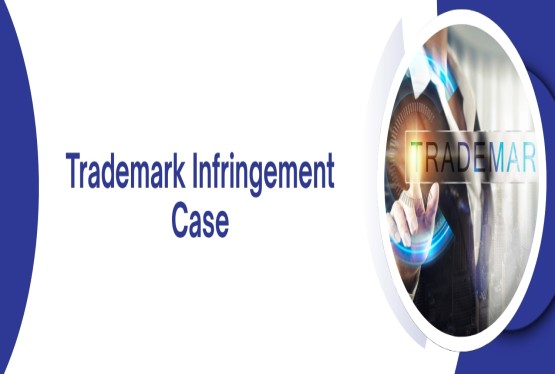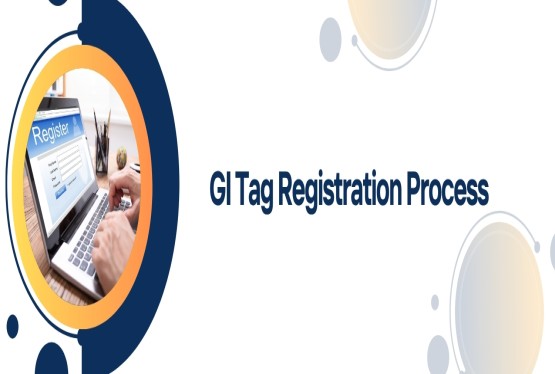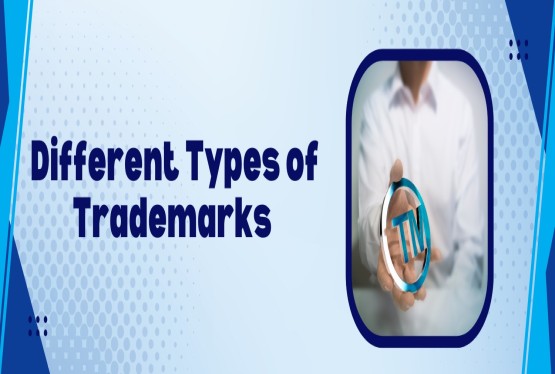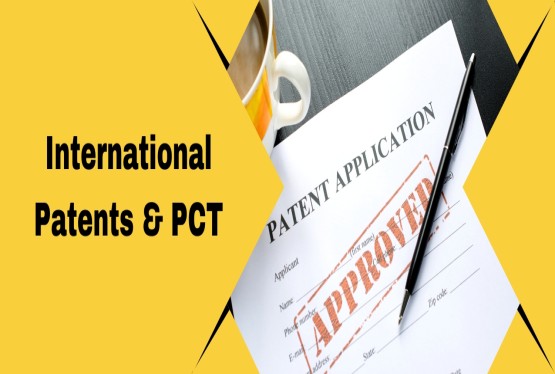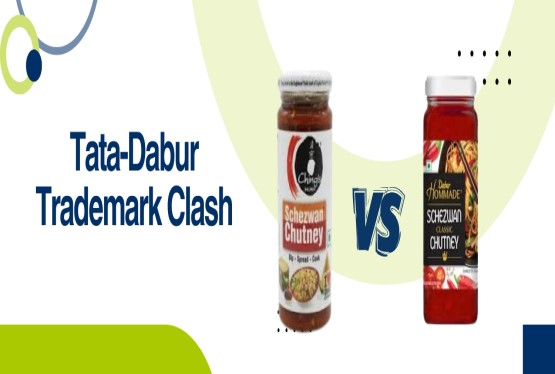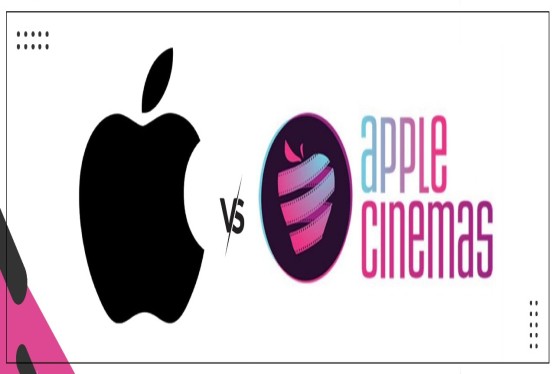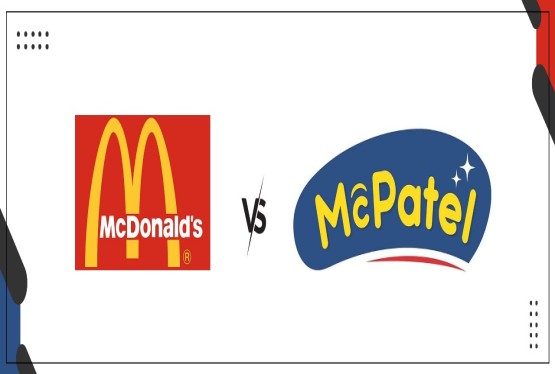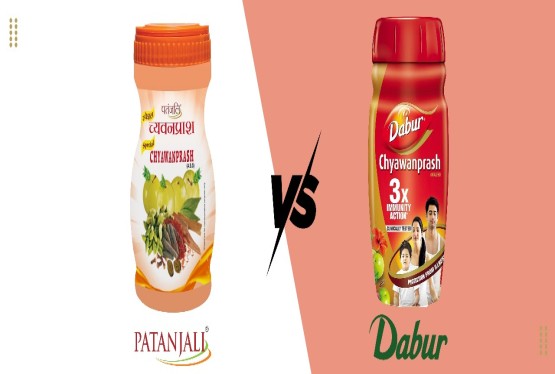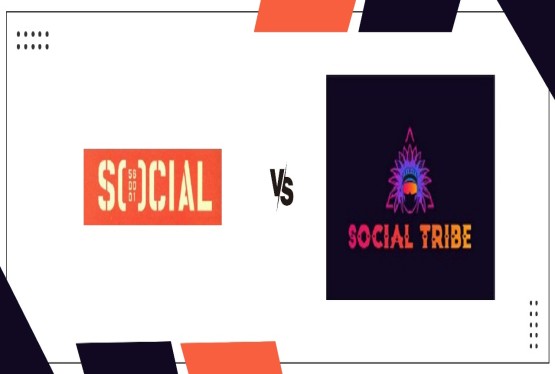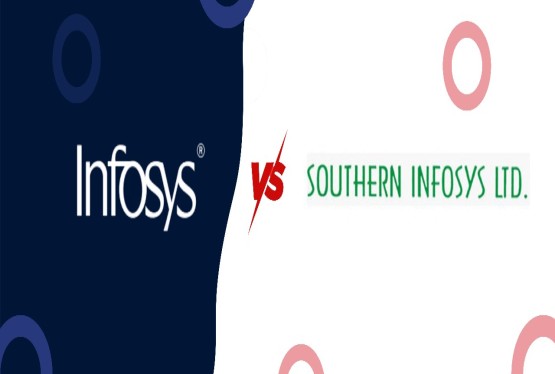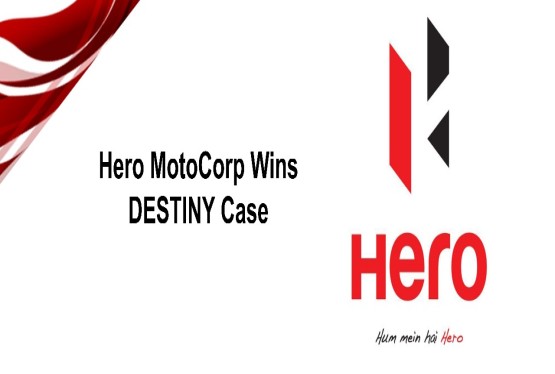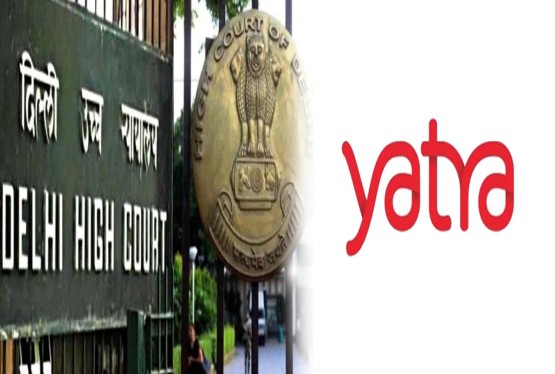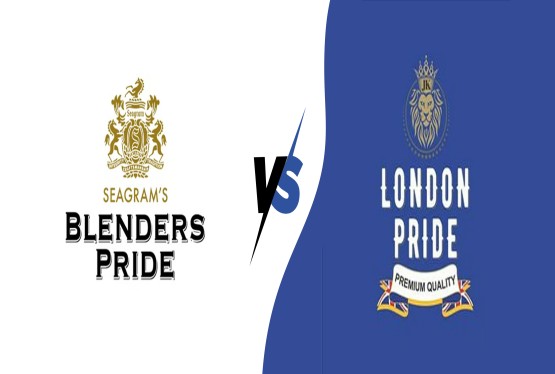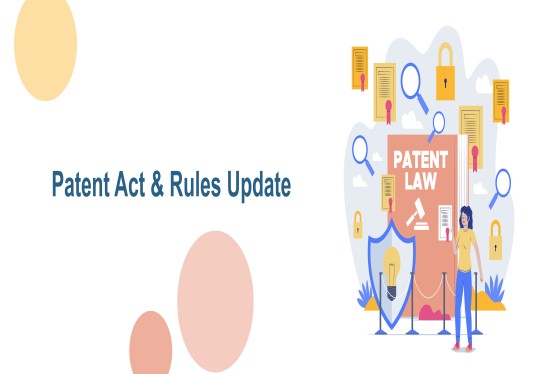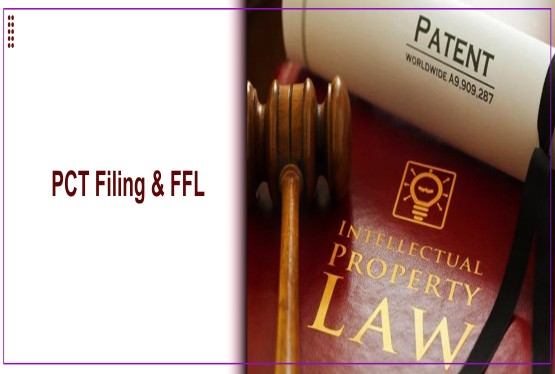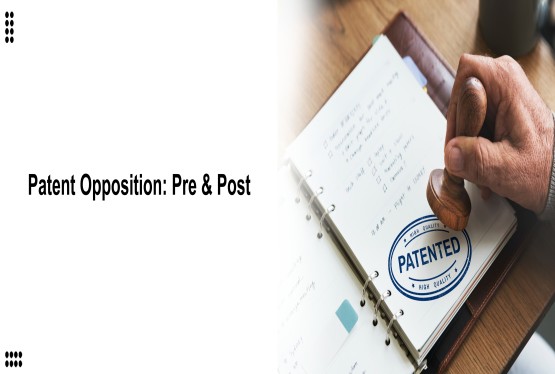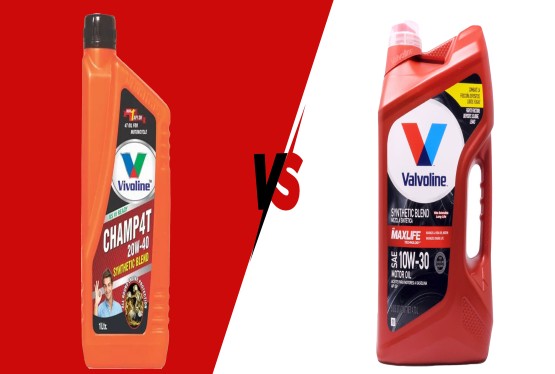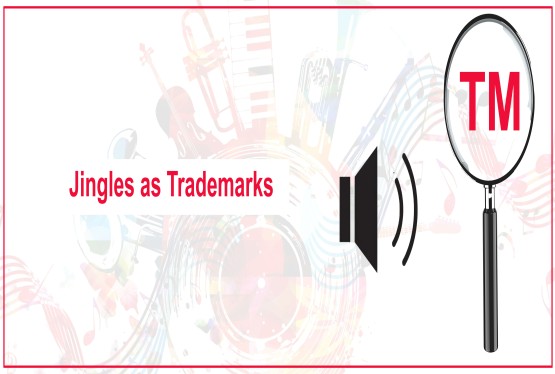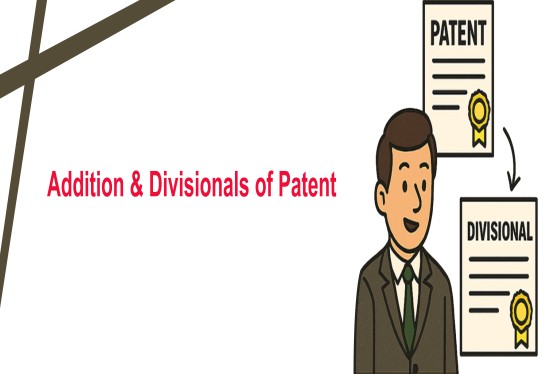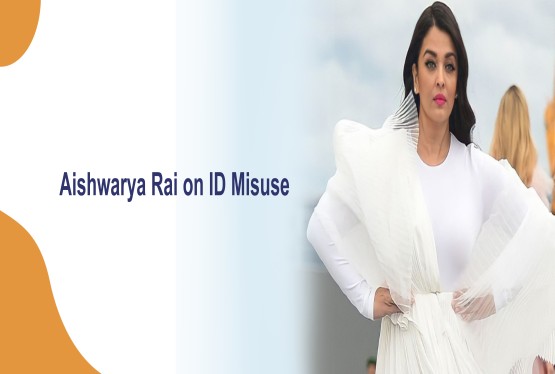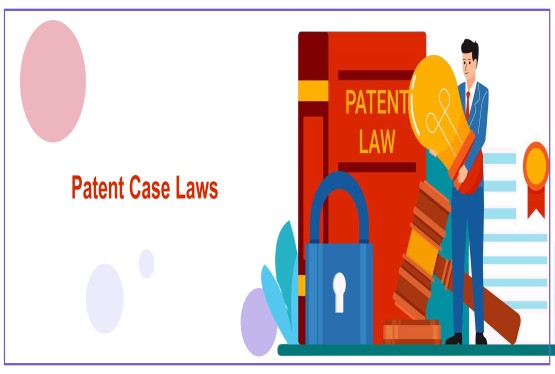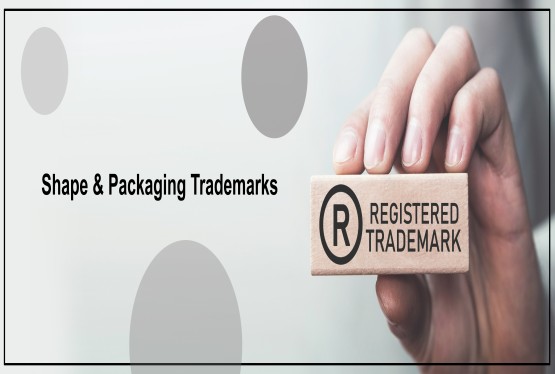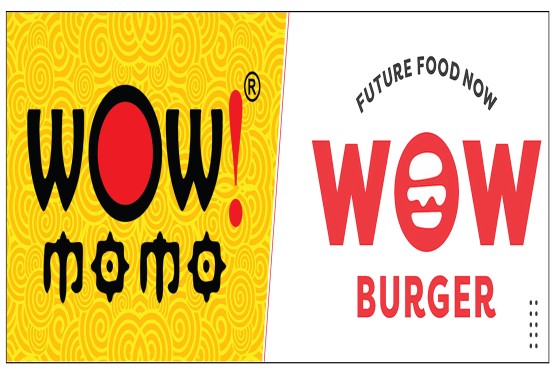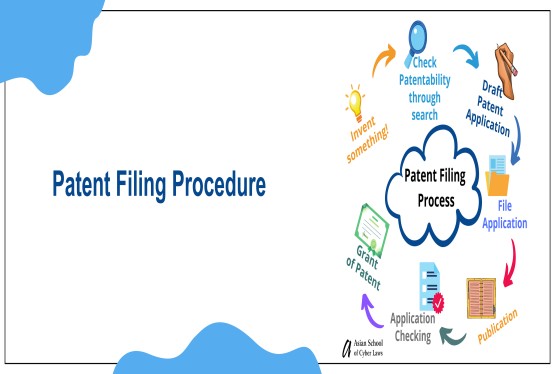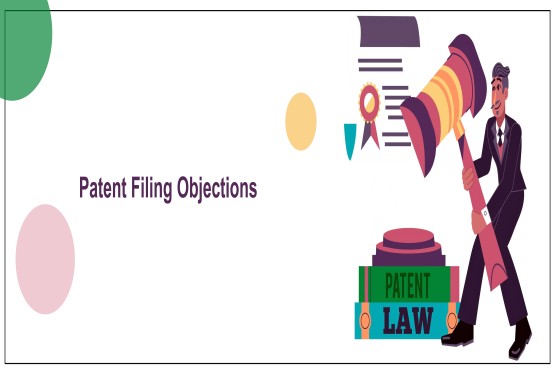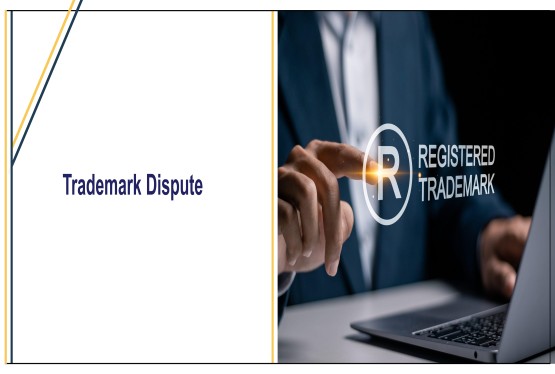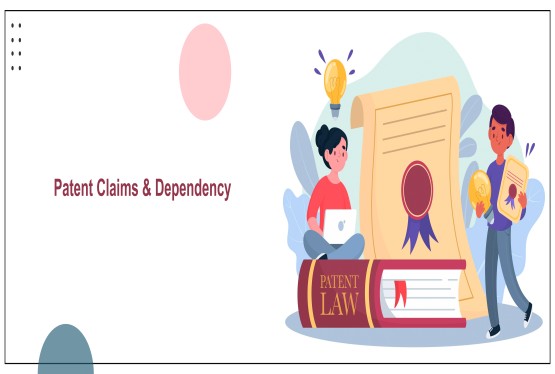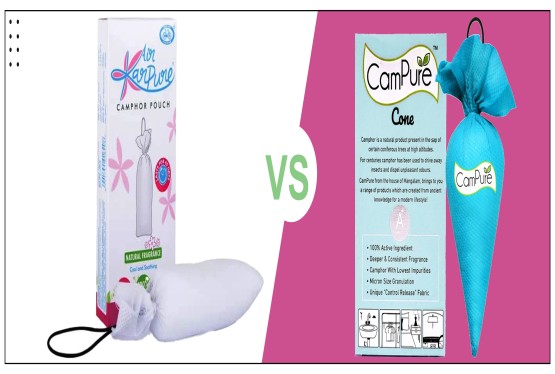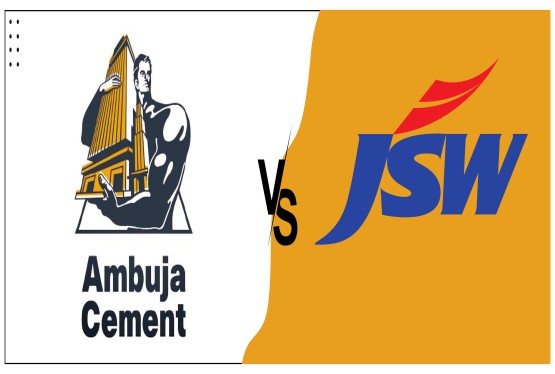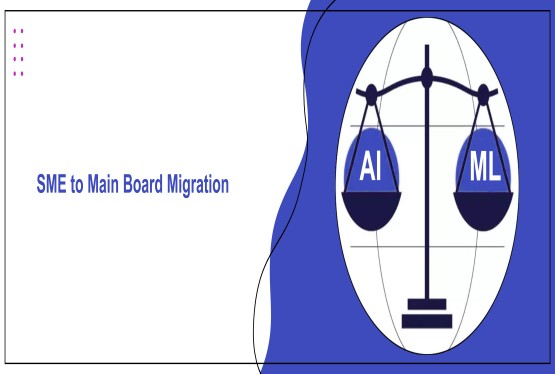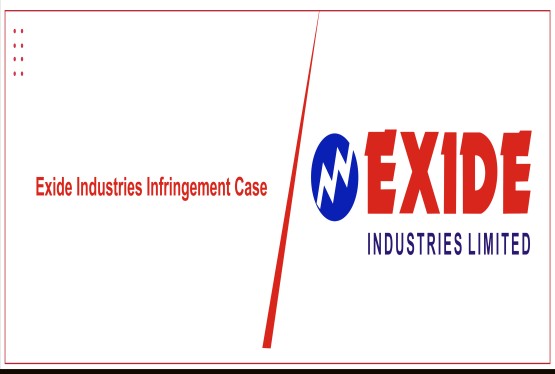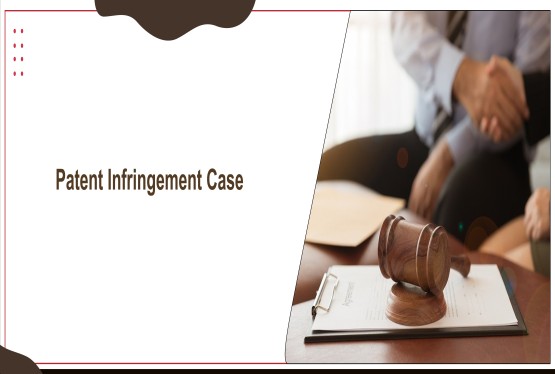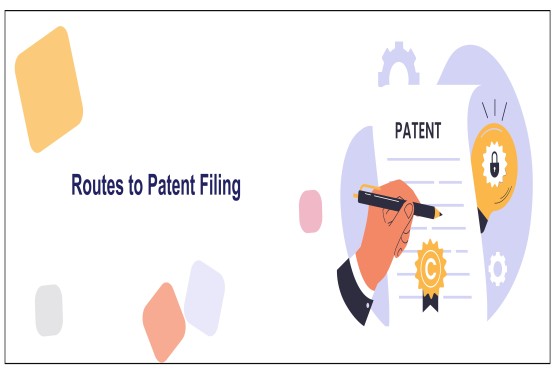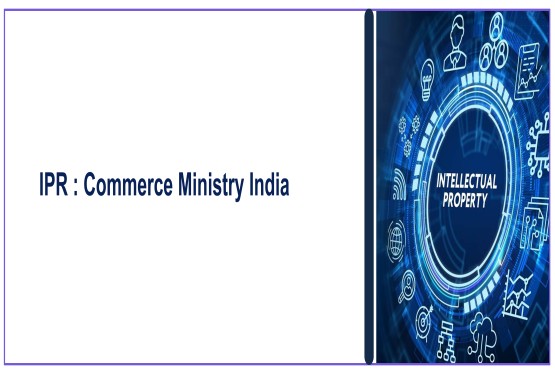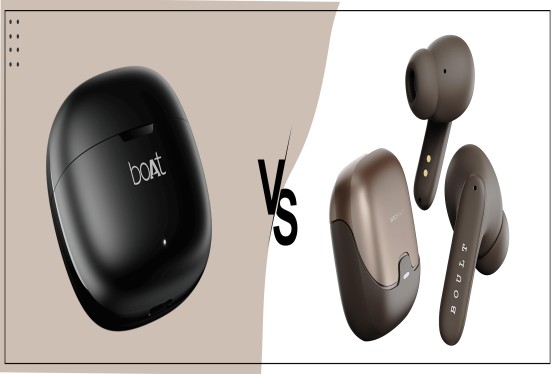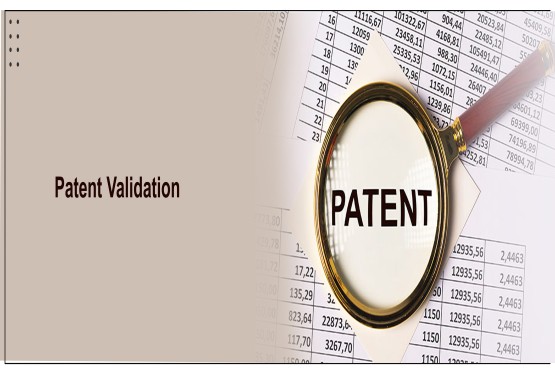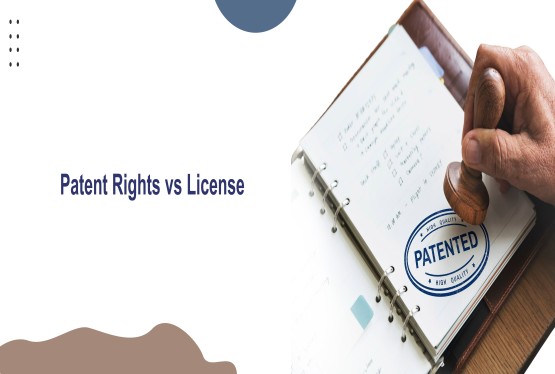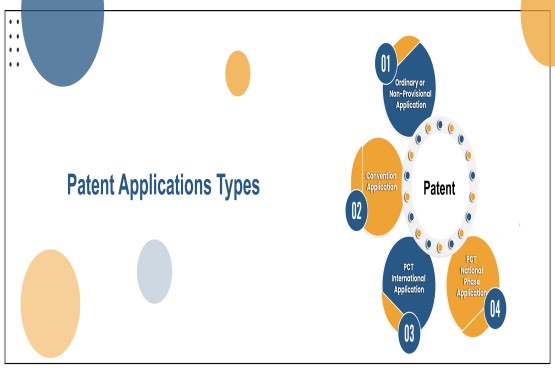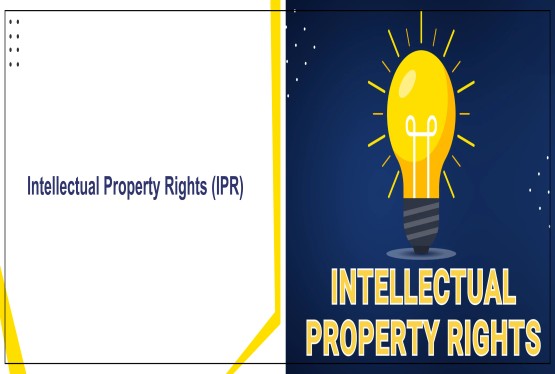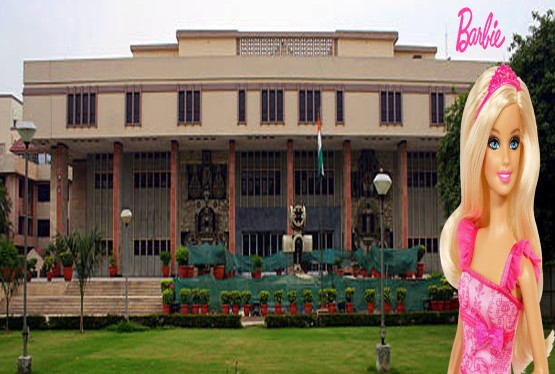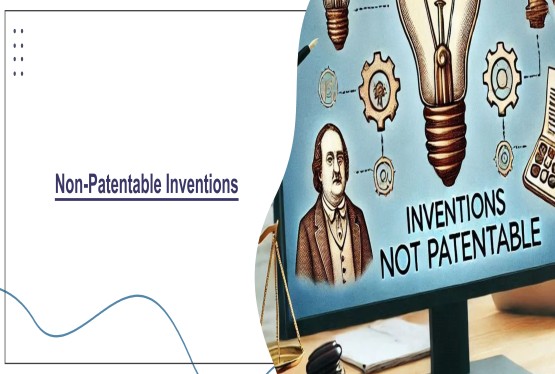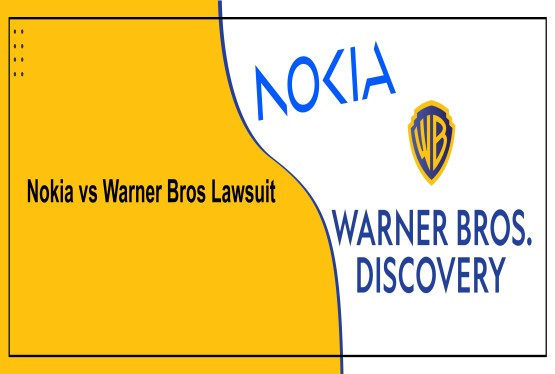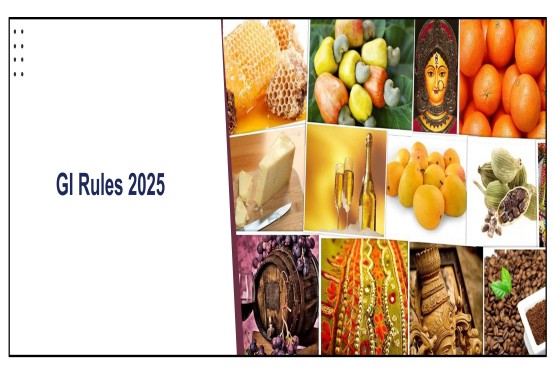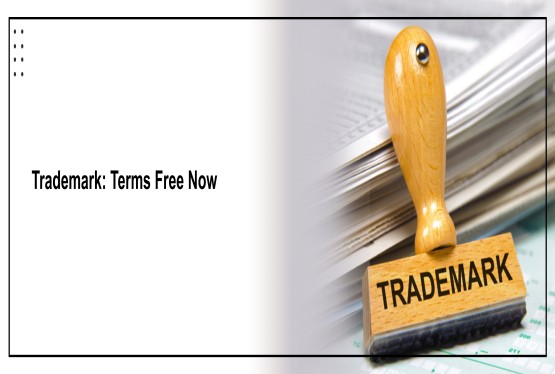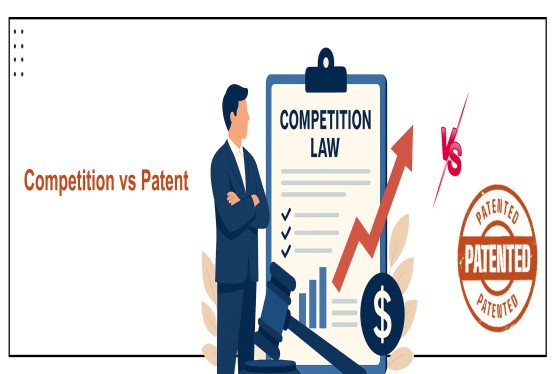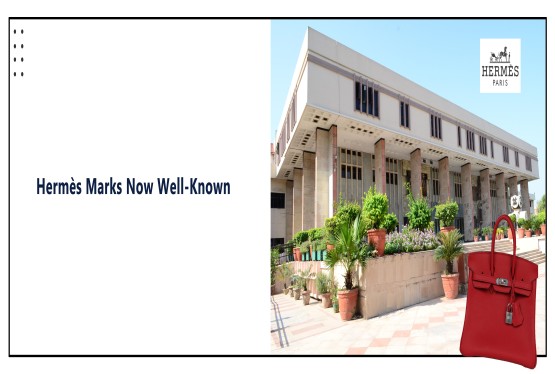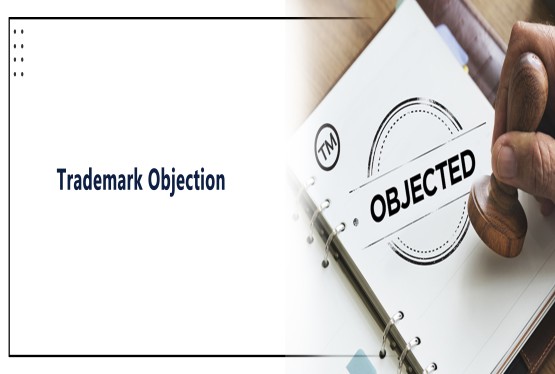In today’s business environment, protecting your brand's unique identity is crucial for success. A trademark registration serves as a powerful tool for this purpose, allowing businesses to legally safeguard the distinct symbols, words, or designs that identify their goods or services.
Basics of a Trademark
A trademark is any recognizable sign, design, or expression that distinguishes products or services of a particular source from those of others. Under trademark law, a wide array of elements can be trademarked, provided they meet specific criteria. The elements must be unique, non-generic, and capable of creating a distinct association with a product or service.
Categories of Trademarks
Words and Phrases
Commonly, businesses trademark specific words, phrases, or slogans that are unique and directly linked to their brand. For instance:
-
Brand Names: Names like Apple, Nike, or Amazon are trademarked, as they uniquely identify the source of the goods.
-
Taglines or Slogans: Memorable catchphrases like McDonald's “I’m Lovin’ It” or Nike’s “Just Do It” are protected as trademarks.
Criteria: The words or phrases must not be descriptive of the product and should be distinctive enough to avoid confusion.
Logos and Symbols
Logos are graphical trademarks representing a company or product. They are often designed to convey the brand's identity at a glance. Examples include:
-
The Starbucks mermaid logo.
-
The golden arches of McDonald’s.
Criteria: A logo must be unique and capable of being represented graphically. Additionally, it should not closely resemble other existing logos to avoid confusion.
Designs and Patterns
Patterns or ornamental designs that are synonymous with a brand can also be trademarked. For instance:
-
The distinctive Louis Vuitton pattern is a registered trademark.
-
The red soles of Christian Louboutin shoes have trademark protection.
Criteria: Design elements must be inherently unique and recognizable as belonging to a specific brand.
Shapes and 3D Trademarks
Unique product shapes or packaging can be trademarked, provided they are distinctive and not purely functional. Notable examples include:
-
The Coca-Cola bottle shape.
-
The Toblerone chocolate bar packaging.
Criteria: The shape must be non-functional, meaning it does not serve a utilitarian purpose that would affect competition.
Colors and Color Combinations
Under certain conditions, colors or color combinations can be trademarked if they have acquired distinctiveness through extensive use. For instance:
-
The Tiffany Blue associated with Tiffany & Co.
-
The purple color used by Cadbury for its chocolate packaging.
Criteria:The color must be exclusively linked to the brand in the consumer's mind to qualify for trademark protection.
Sounds and Jingles
Sound trademarks are unique audio signatures that brands use to make their identity recognizable. Examples include:
-
The Intel jingle.
-
The lion’s roar used by MGM studios.
Criteria:The sound must be distinctive and used consistently in association with the brand’s products or services.
Smells and Scents
Though less common, scents can be trademarked if they are unique and serve as a distinguishing feature. However, the scent must be non-functional and not inherent to the product itself. For example:
- A distinctive floral fragrance applied to sewing thread has been trademarked.
Criteria:The scent must be capable of being described in a clear and non-ambiguous manner.
Monograms
A monogram, which combines or overlaps letters to form a single unique design, can be trademarked if it meets certain criteria. To qualify, the monogram must be distinctive and used to identify and differentiate your goods or services in the marketplace. Registering a monogram as a trademark protects your brand identity, ensuring that competitors cannot use a similar design that may cause confusion among consumers.
- For instance, luxury brands often use monogram trademarks to create a signature style, such as the famous “LV” of Louis Vuitton. By trademarking your monogram, you secure exclusive rights to use it in branding, marketing, and product packaging, reinforcing your brand's uniqueness and market presence.
What Cannot Be Trademarked?
While many elements can be trademarked, there are also limitations. Here are some examples of what typically cannot be trademarked:
-
Generic Terms: Words that are commonly used to describe a type of product or service (e.g., “Computer” for computer sales).
-
Descriptive Marks: Terms that merely describe a product’s features, ingredients, or purpose (e.g., “Crunchy” for a snack product).
-
Functional Features: Shapes, designs, or features that are functional and necessary for the product’s use (e.g., a handle on a mug).
-
Offensive or Deceptive Marks: Trademarks that are offensive, immoral, or deceptive in nature.
-
Flags and Symbols of Government: National symbols, emblems, or flags of countries cannot be trademarked.
Conclusion
Trademark protection is essential for safeguarding your brand’s identity in the marketplace. Understanding what can be trademarked ensures you take full advantage of legal protections available. From words and symbols to sounds and even scents, the possibilities are vast. However, always ensure your chosen trademark is unique and non-generic to maximize its protection and association with your brand.
Whether you are launching a new product or expanding your business, a well-planned trademark strategy can set your brand apart and fortify its market position. Protecting your brand identity is not just a legal formality it is an investment in your business’s future






























_(b)_of_the_Trademark_Act,_1999_(1)_crop10_thumb.jpg)



_crop10_thumb.jpg)




























_crop10_thumb.jpg)
_crop10_thumb.jpg)






_crop10_thumb.jpg)








_crop10_thumb.jpg)



_crop10_thumb.jpg)





























_crop10_thumb.jpg)

















_crop10_thumb.jpg)






_crop10_thumb.jpg)











































































































































_crop10_thumb.jpg)




































_crop10_thumb.jpg)












_crop10_thumb.jpg)













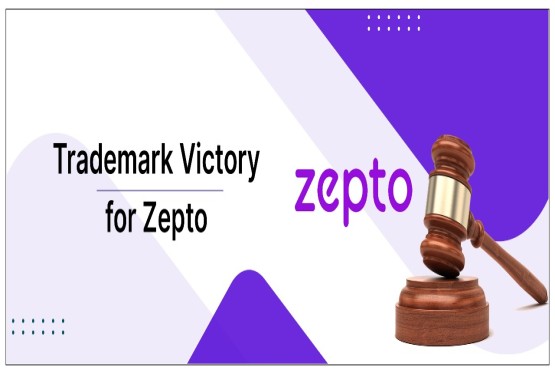




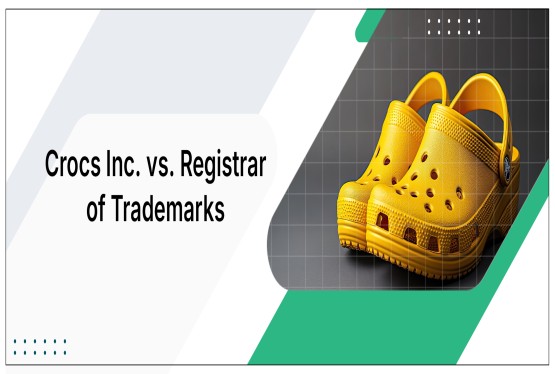















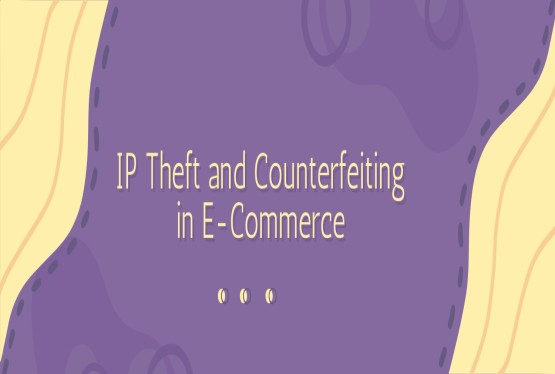












_crop10_thumb.jpg)






